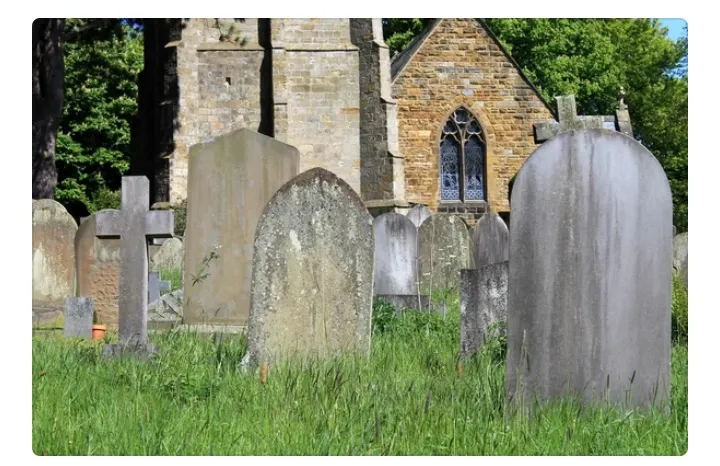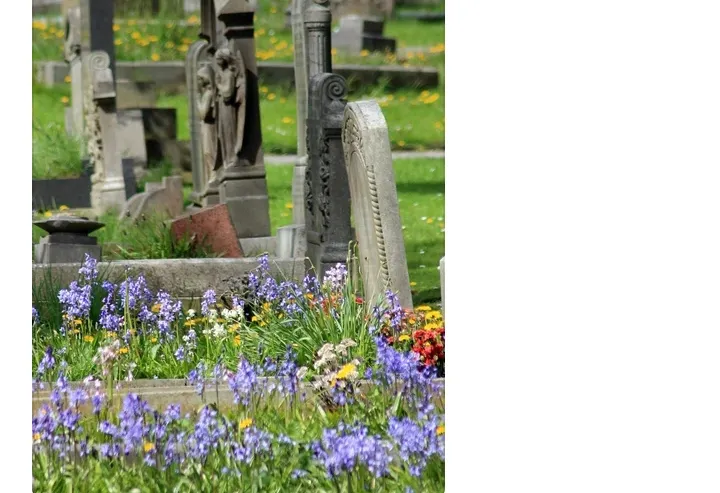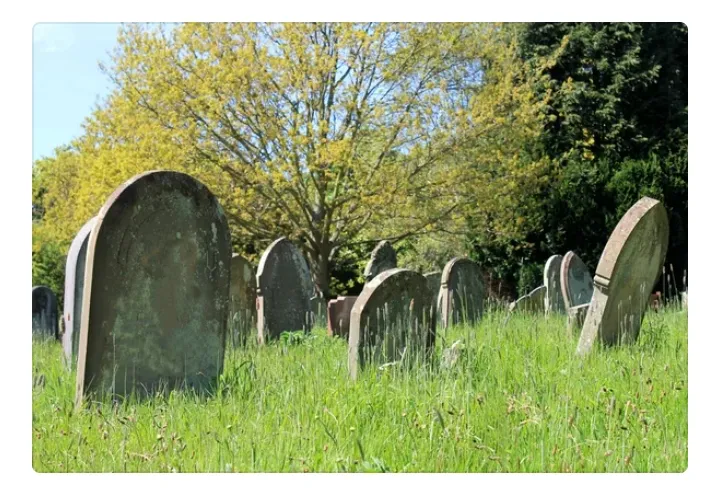We have always seen people die in movies and buried, and then in their tombs we see things written on them, I bet very few of us knew the history of that, so lets go into it, to start with those writings are known as epitaphs
An epitaph is a brief tribute to a deceased individual, often engraved on a tombstone or monument. It is a final acknowledgment of their life and impact, encapsulating their essence in a concise manner. Epitaphs can evoke emotions, humor, or contemplation, and it provides insight into the personality and values of the deceased.
An epitaph encompasses much more than mere words engraved into stones, An epitaph serves as a connection between the living and the deceased, conveying lives, beliefs, and legacies in a few words. Let's delve into the history, beauty, and importance of these concise inscriptions together
Ancient Origins

Source
The earliest surviving epitaphs date back to ancient Egypt. Carved onto coffins and sarcophagi, they invoked blessings for the deceased’s journey to the afterlife. These inscriptions most at times included the person’s name, lineage, and prayers to the gods. The Egyptians believed that a well-crafted epitaph ensured a peaceful passage. ( Beliefs though)
In ancient Greece however, ancient Greece, epitaphs transcended mere factual details. They became expressive and literary, blending prose and verse. Greek epitaphs celebrated virtues, mourned lost potential, and immortalized heroes. Imagine strolling through an Athenian cemetery, encountering lines like:
“Here lies brave Achilles, the swift-footed son of Peleus.”
That is what a typical greek epitaph looks like, they celebrated strengths of immortalised heroes.
And in turn too Roman epitaphs took a pragmatic approach. They stuck to the essentials: name, birth, death, and perhaps a brief accolade. Something like this:
“Julia, daughter of Marcus, lived 30 years.” Very much detailed, they gave less attention to accolades

As Christianity spread, epitaphs evolved. Latin epitaphs adorned medieval tombs, invoking divine mercy and salvation. The phrase “hic jacet” (here lies) became commonplace. Imagine a Gothic cathedral housing the tomb of a knight, with an epitaph like:
“Sir Geoffrey, defender of the realm, rests here.”
Humor and Satire
Not all epitaphs are somber. Some take a whimsical turn. Benjamin Franklin quipped:
“I hope to appear once more in a new and more beautiful edition, corrected and amended by the Author.”
And the 17th-century poet Andrew Marvell playfully lamented:
" 'Tis true; but all too weakly said, Twas more significant, she’s dead."
Modern Echoes

Source
Epitaphs continue to evolve. Modern poets experiment with them, crafting poems as if for tombstones. Some elegiac verses stand as literary epitaphs, never meant for inscription. Others blend humor, nostalgia, and wisdom.
In modern times, epitaphs continue to be a popular way to honor the departed and provide comfort to those left behind. They can offer solace in times of grief, reminding us of the enduring impact of those we have lost. Whether simple or elaborate, heartfelt or humorous, epitaphs serve as a lasting tribute to the lives of the departed.
Though in my country Nigeria, epitaphs are not so common.
This is my entry to the #aprilinleo
Which is ongoing and is a very nice opportunity to get posts and have them curated, you can click Here to get started